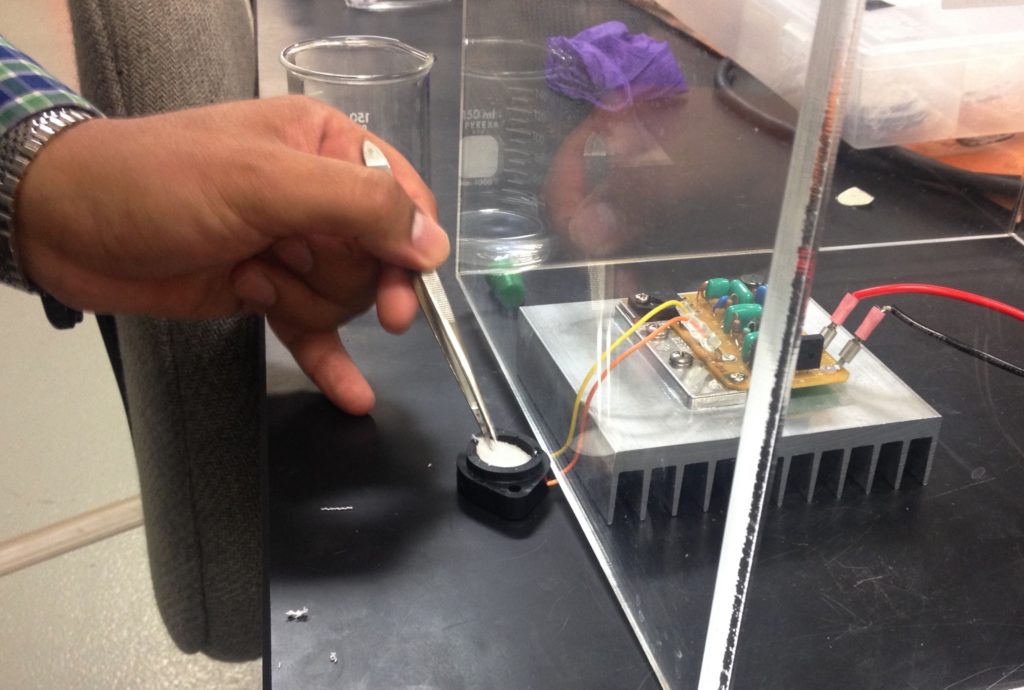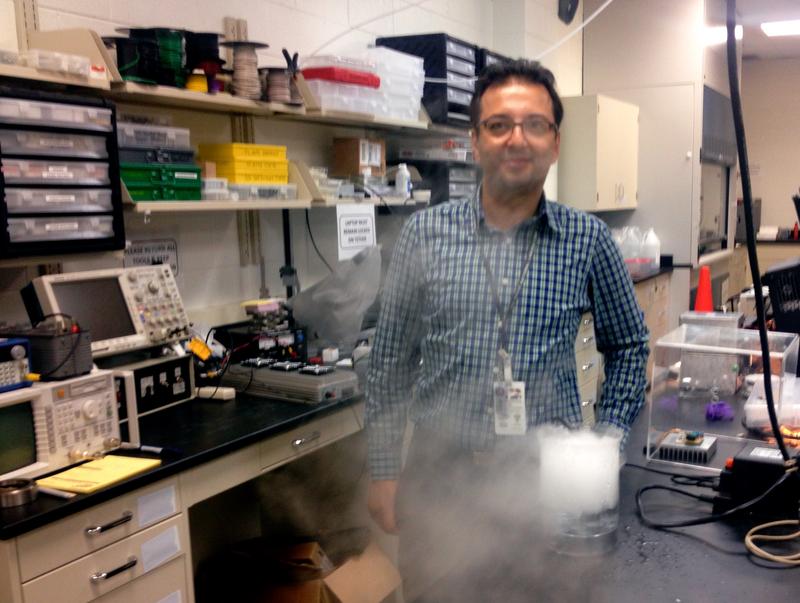
Researchers at Tennessee’s Oak Ridge National Laboratory are trying to figure out how to dry clothes faster without heat. It’s part of the lab’s ongoing project to create more efficient home appliances.
The automatic clothes dryer seemed to solve an ongoing human dilemma: how to best remove moisture from fabric. In the 1950s, this was lauded as an ideal alternative to drying clothes outside, which was dependent on the weather.
https://www.youtube.com/watch?v=UHZyCb6ZVd4
The problem is that heated dryers use a lot of energy. According to
one estimate from Energy Star, they account for 6 percent of r
esidential electricity consumption in the U.S.
and
consume as much energy as the entire state of Massachusetts in one year.
That’s where Ayyoub
Momen
comes in. He’s a
staff scientist at Oak Ridge National Laboratory, a
nd he, like most Americans, owns a dryer. (
“But I hate using it,” he says.)
One day, he was thinking about ultrasonic humidifiers, which use high-frequency vibrations to turn water into steam without getting hot. And Momen wondered, what would happen if he used the same technology on a piece of wet fabric?
“The result was so amazing. It was mind-blowing,” he says. “In less than 14 seconds, I could dry a piece of fabric from completely being wet. If I wanted to do the same thing with heat, it’s taking somewhere between 20 to 40 minutes.”

Thus, the concept for an ultrasonic dryer was born.
At this stage, Momen’s prototype still looks nothing like a conventional dryer: It’s a small circle of metal, called a piezoelectric transducer, that converts electrical energy into high-frequency vibrations.
He then douses a small piece of fabric in water and places on the transducer.
The fabric sizzles and steams, and then about 15 seconds later, it’s dry. And he says, it used barely any energy.
“This dryer technology,” he says proudly, “has the potential to save somewhere [around] 1 percent of the overall energy consumption of the United States.”
GE Appliances has already partnered with him to put the ultrasonic dryer on the market if it works.
Venkat Venkatakrishnan
, director of research and development at GE Appliances, says they’re constantly trying to develop better dryer technology, and Momen’s dryer has the potential to be a big breakthrough.
The lab still has to test this technology on bigger batches of clothes, which would likely dry in 10 to 20 minutes.
Venkatakrishnan says he expects it to be successful.
“I think we are about four years away from you being able to buy this at a Home Depot or a Lowe’s or any appliance retailer.”
No word yet on how much the new dryer would cost, of course, but he thinks consumers will be willing to pay more to dry their clothes much faster.


